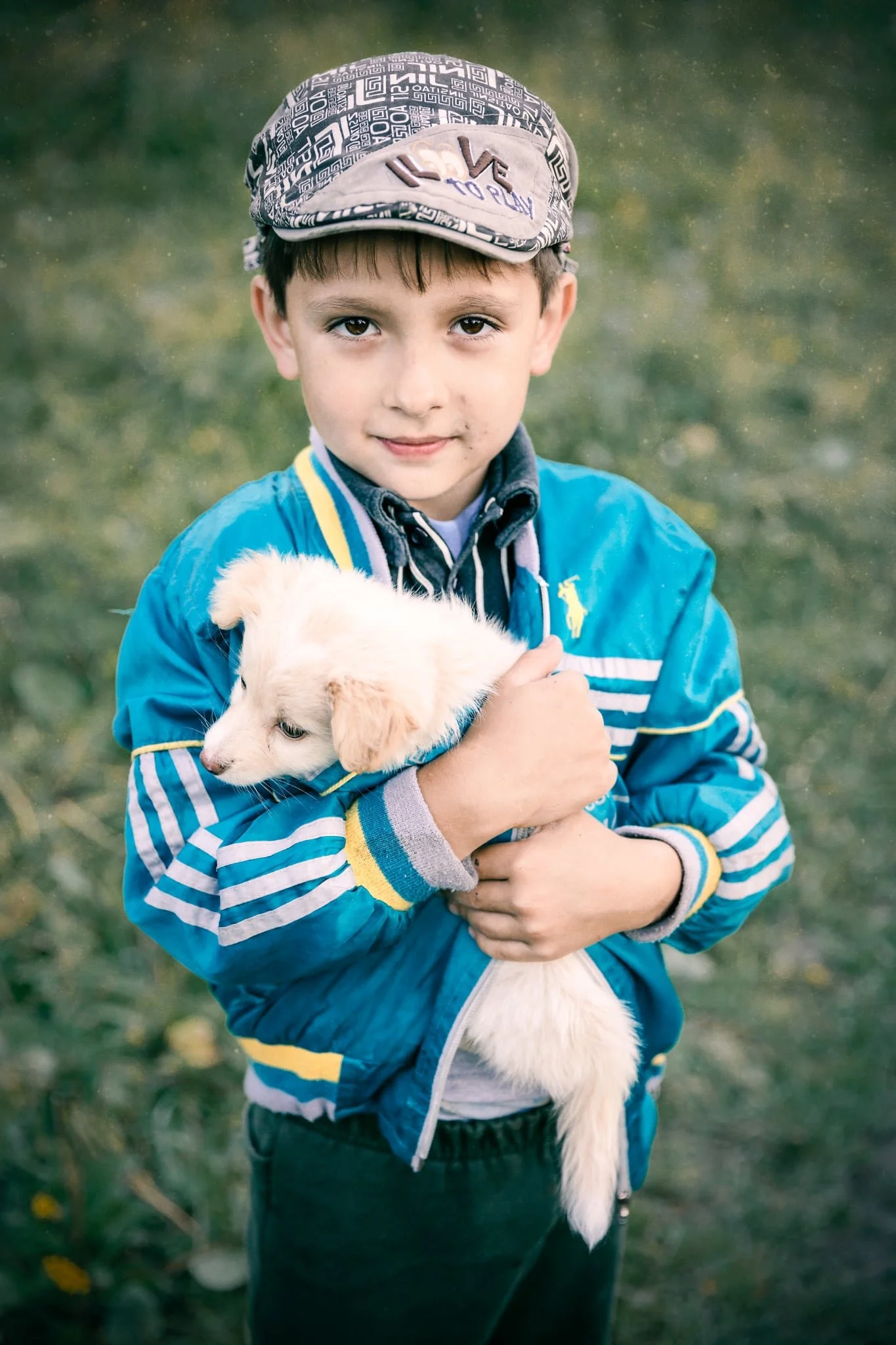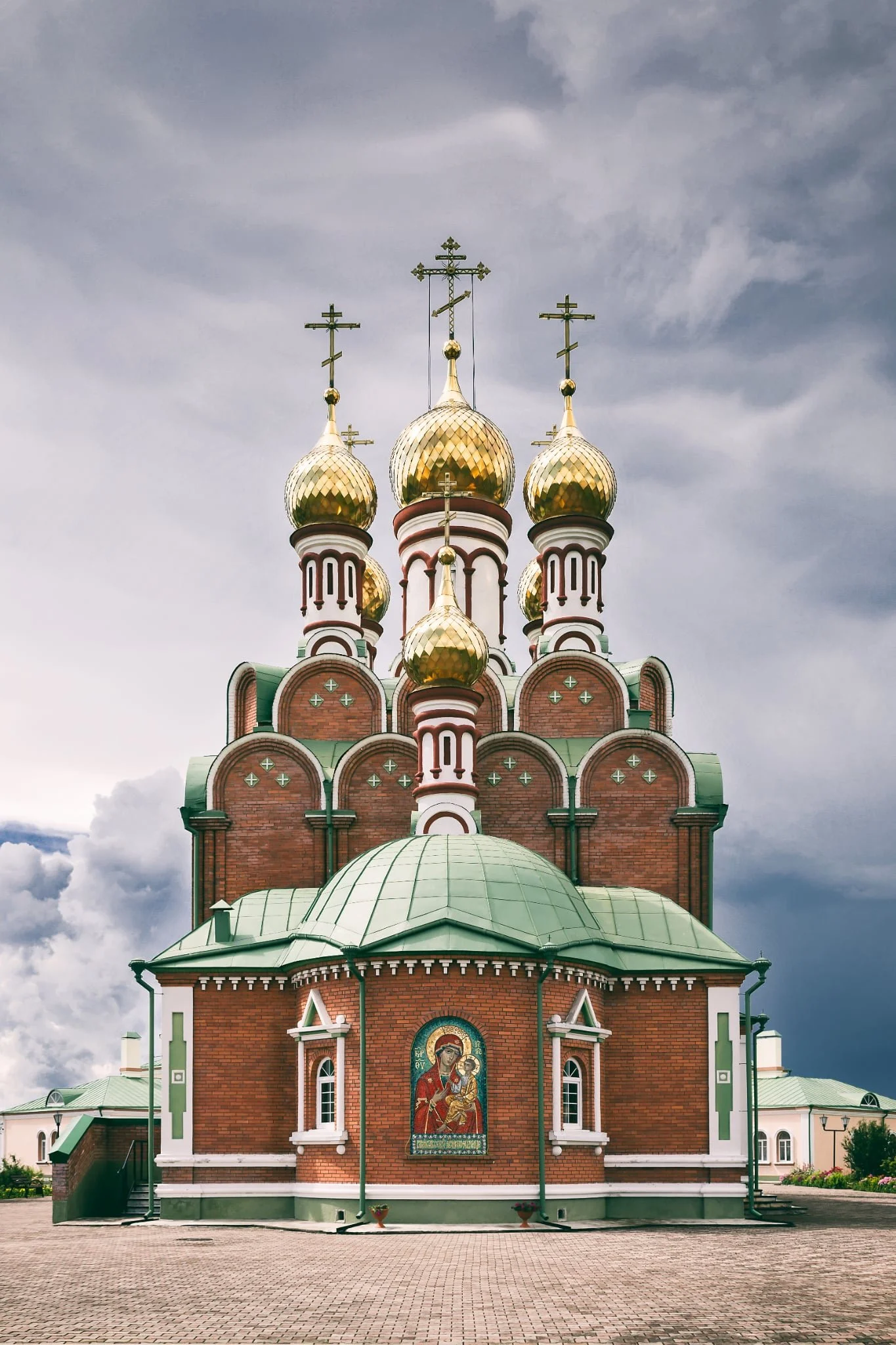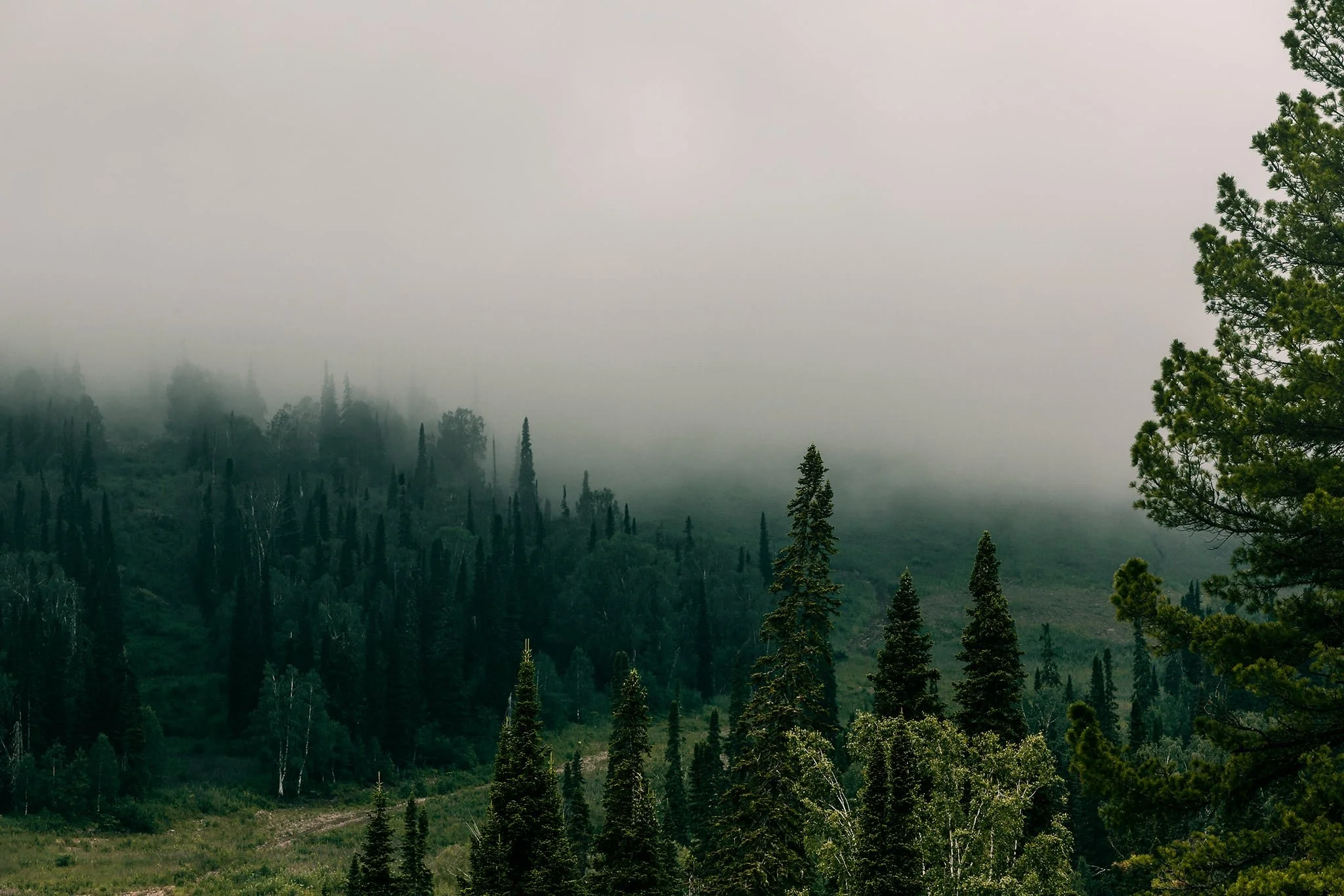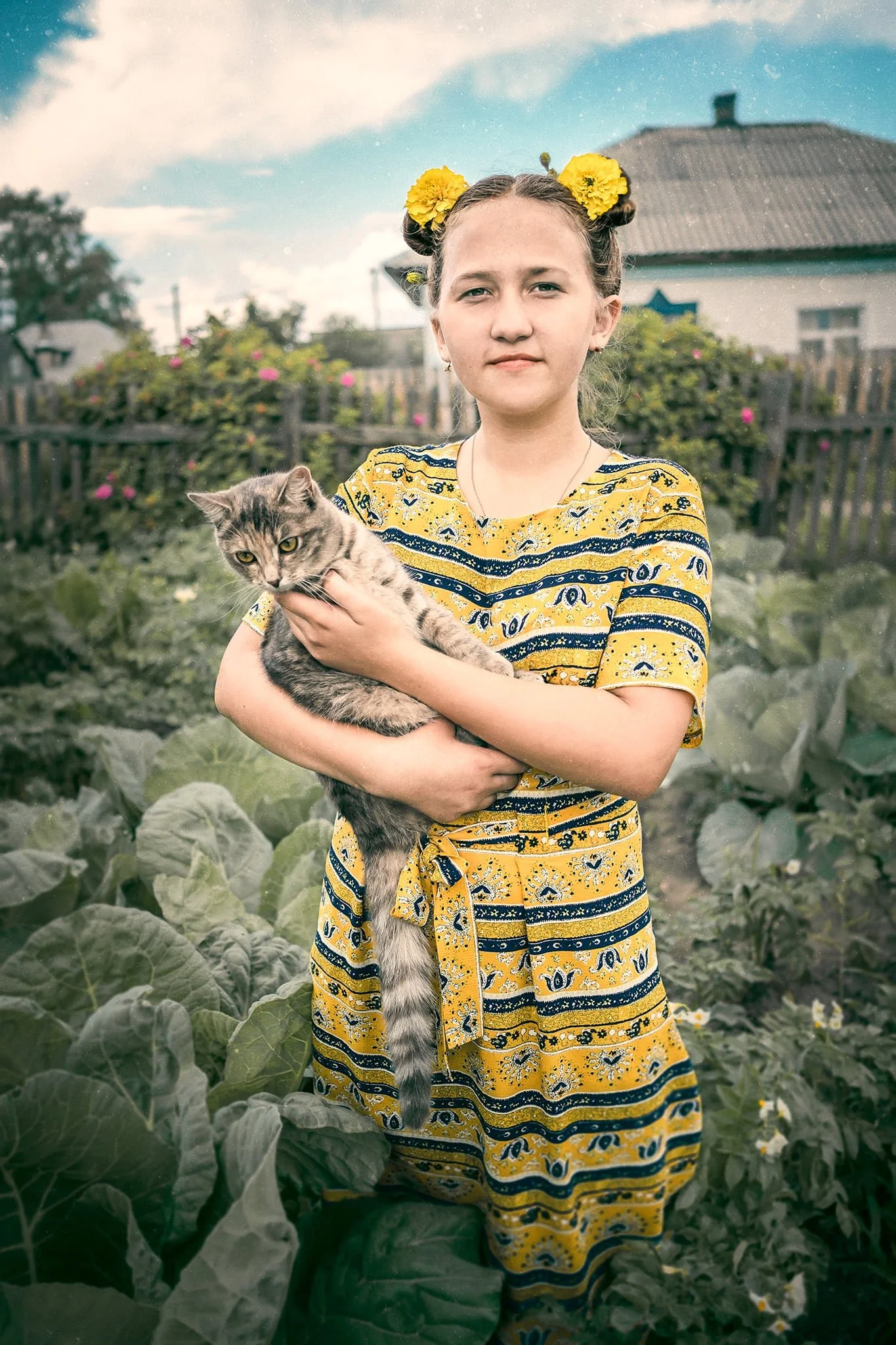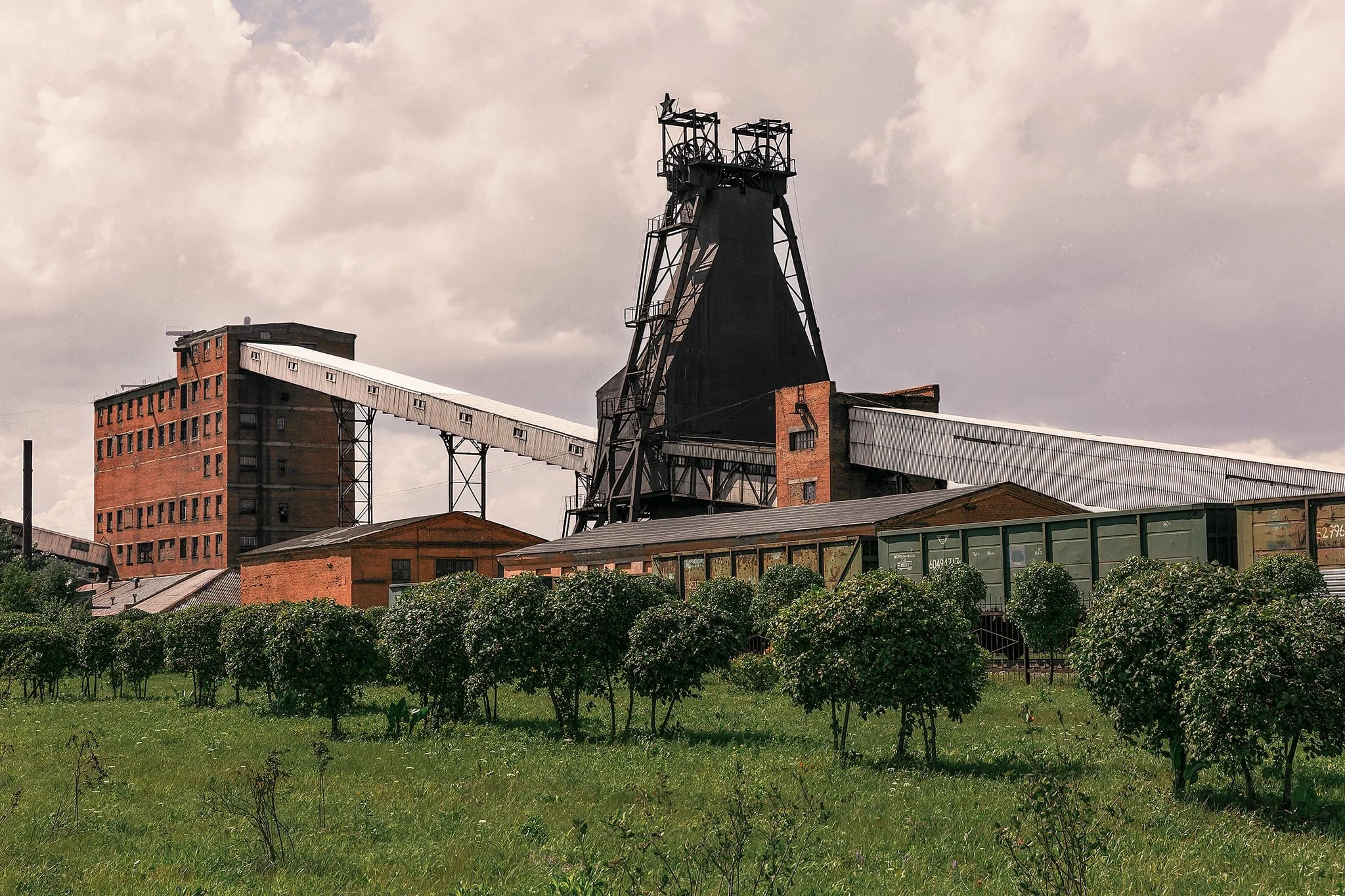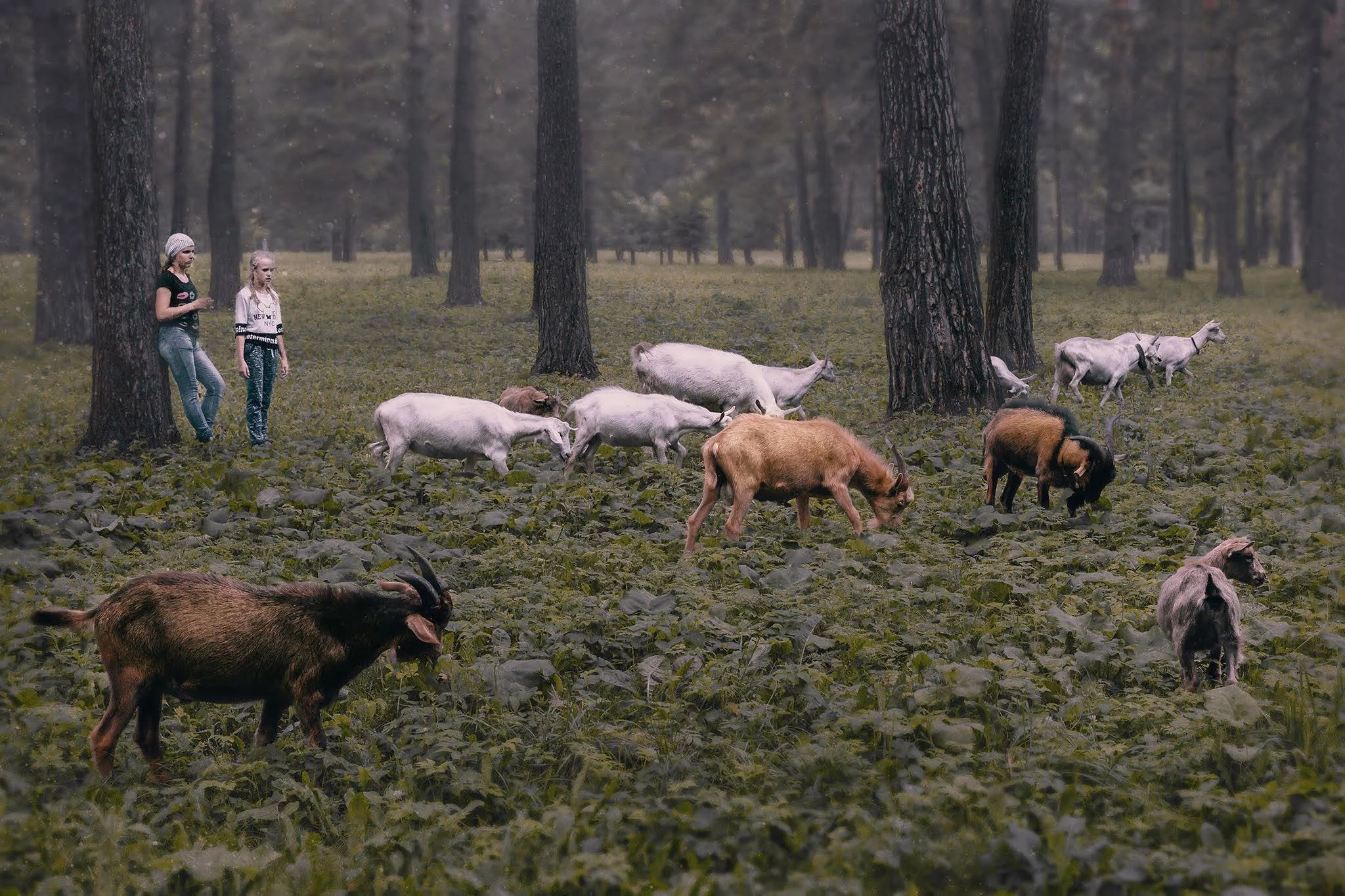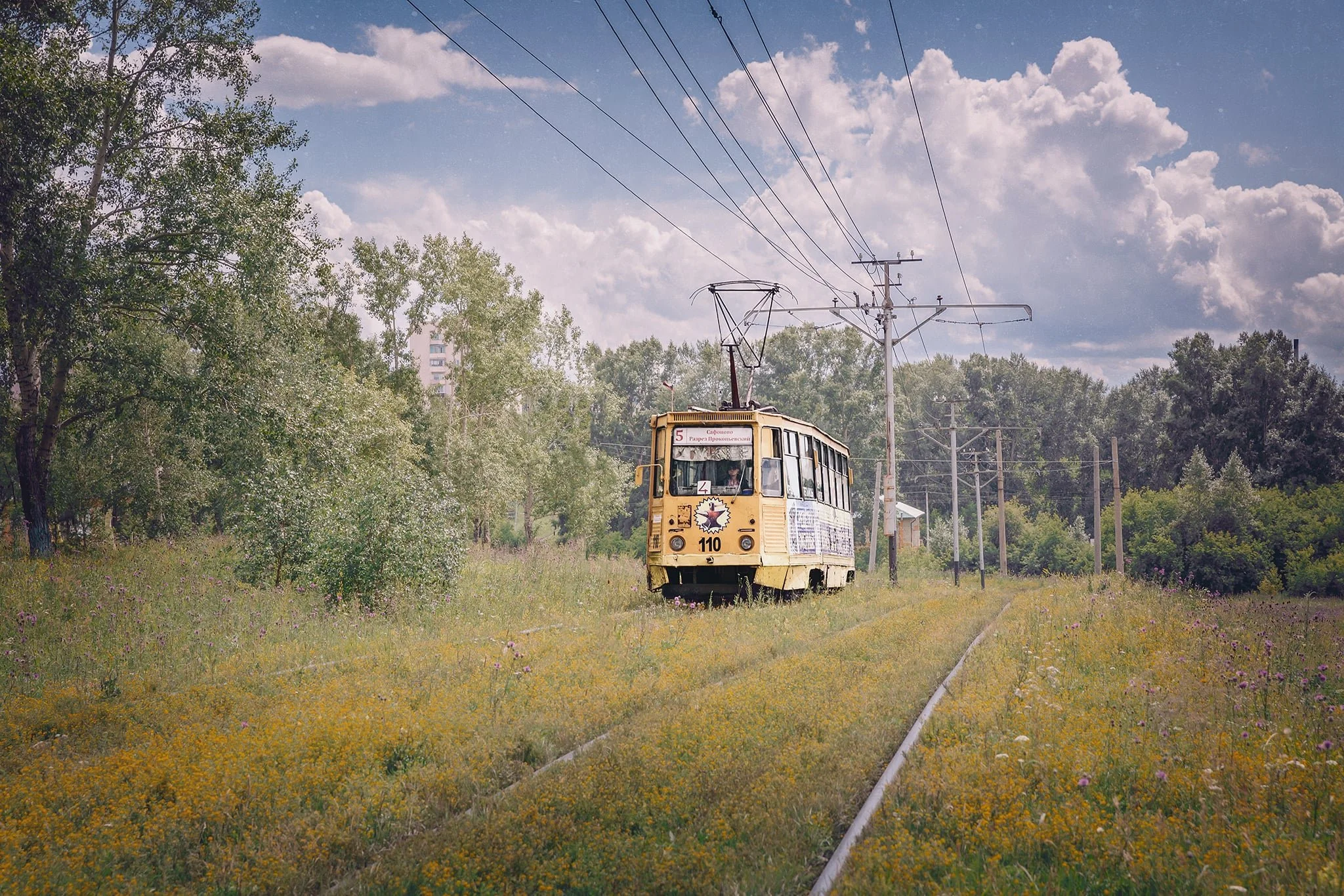IN THE LAND OF CHILDHOOD SUMMERS
In the Land of Childhood Summers was first exhibited at the Museum of Photography in 2018. Later, the project was published in Hingele Pai magazine.
In 2020, my mother wrote a book titled Through Tears, Laughter, and Love to Siberia, with the family patriarch Dimka proudly featured on the cover.
Today, the war in Ukraine has deeply affected our family — dividing worldviews, closing borders, and cutting off visits that once seemed so natural. Perhaps we will never meet again.
My childhood summers are filled with the smell of coal and wild weeds. Together with my sister, we spent our summers at my mother’s childhood home in Prokopyevsk, Siberia, where the stove was fueled by coal and the roads were patched with it as well. My grandfather and other male relatives were miners. We visited our relatives across Prokopyevsk by tram. To reach the tram stop, we had to walk through Aerodromnaya, a settlement that once served as an airfield during World War II — now a wasteland overgrown with burdock and wormseed. It has remained unchanged to this day.
Tatar Boy with a Puppy
In summer, a boy runs to the pasture where his family’s horse grazes. In Siberia, fat is needed to survive the winter, but Muslims do not eat pork. The meat of a young horse is valued as highly as that of a young bull. Every year, the Tatars raise a new horse.
Kiselyovsk Church
Churches in Russia play a fundamental role. They appear in great numbers, and the shine of their golden domes is visible from afar.
Once, Kudres overheard a conversation:
Helper: “Maybe I should study theology?”
Priest: “No way — that’s a hard path, and you’re thick-skulled.”
Helper: “Still, if I keep going… maybe someone will need me.”
Taiga at the Crack of Dawn
The taiga is a generous provider — offering mushrooms, berries, and Siberian pine nuts. Grandfather’s favourite was bear’s garlic. He often recalled how, during the war, they survived thanks to cabbage and the taiga.
Puss With Tail
Sima is lucky — she has a tail.
Back in the day, all our cats were tailless. One of the neighbours used to punish them: if a whiskered creature happened to stroll into his yard, it got be-tailed with a broadaxe.
The neighbour has gone to a better world.
Prokopyevsk Mine. Fading Memory of a Breadwinner-Settlement
The underground mines in Prokopyevsk were built during the pre-war and wartime years. By the 1990s, the town was marked by the lifting towers of 19 active mines. People used to say:
“If the wheels are turning, life goes on.”
Today, the wheels no longer turn. The towers stand still, the mines outdated — rising from the ground like dead monsters. The land beneath is so hollowed out that cave-ins are everywhere, shaping a strange, vaulted landscape. Unemployment is widespread. The town feels forgotten — as if it’s no longer needed by the great Russia.
Zenkovsky Park With Passerby
Zenkovsky Park is located on the site of a former mine, and to the delight of holidaymakers, it has been transformed for the better. Visitors can swim in the artificial lake or enjoy shashlik, roasted corn, or manti dumplings from various kiosks.
Today, even cows and goats are herded in these green fields — there is enough space for everyone.
Dimka
Dimka is a good family man, responsible for raising two daughters and supporting two households. One of the houses used to have tenants, but they fell under the heavy temptation of strong spirits — something that happens not so rarely in Siberia — and now the house stands empty.
On weekends, the family goes to the sauna; sometimes the daughters stay overnight. In the kitchen garden, cabbage, potatoes, and peas grow thick and green.
Birch Grove
Our birch woods stretch as far as the eye can see.
You walk through them and imagine yourself as a character from a Soyuzmultfilm cartoon.
In 2008, the birch grove was struck by a tornado.
Its path is still visible, marked by broken stumps.
Tram
Once, all the mines were connected by the tram line.
You could recognize the miners by their eyes — coal was impossible to wash out from their eyelashes, and the contours of their eyes seemed almost deliberately drawn.
In the 1960s and 1970s, the old trams were replaced by newer ones. They carried our mother when she was a schoolgirl — and they still carry us. But the landscape has changed: the cave-ins have reached the tram line. The houses along the route are disappearing, and there are fewer and fewer stops.
The tingling tram runs on and on — pitter-patter, pitter-patter…
In the Land of Childhood Summers


